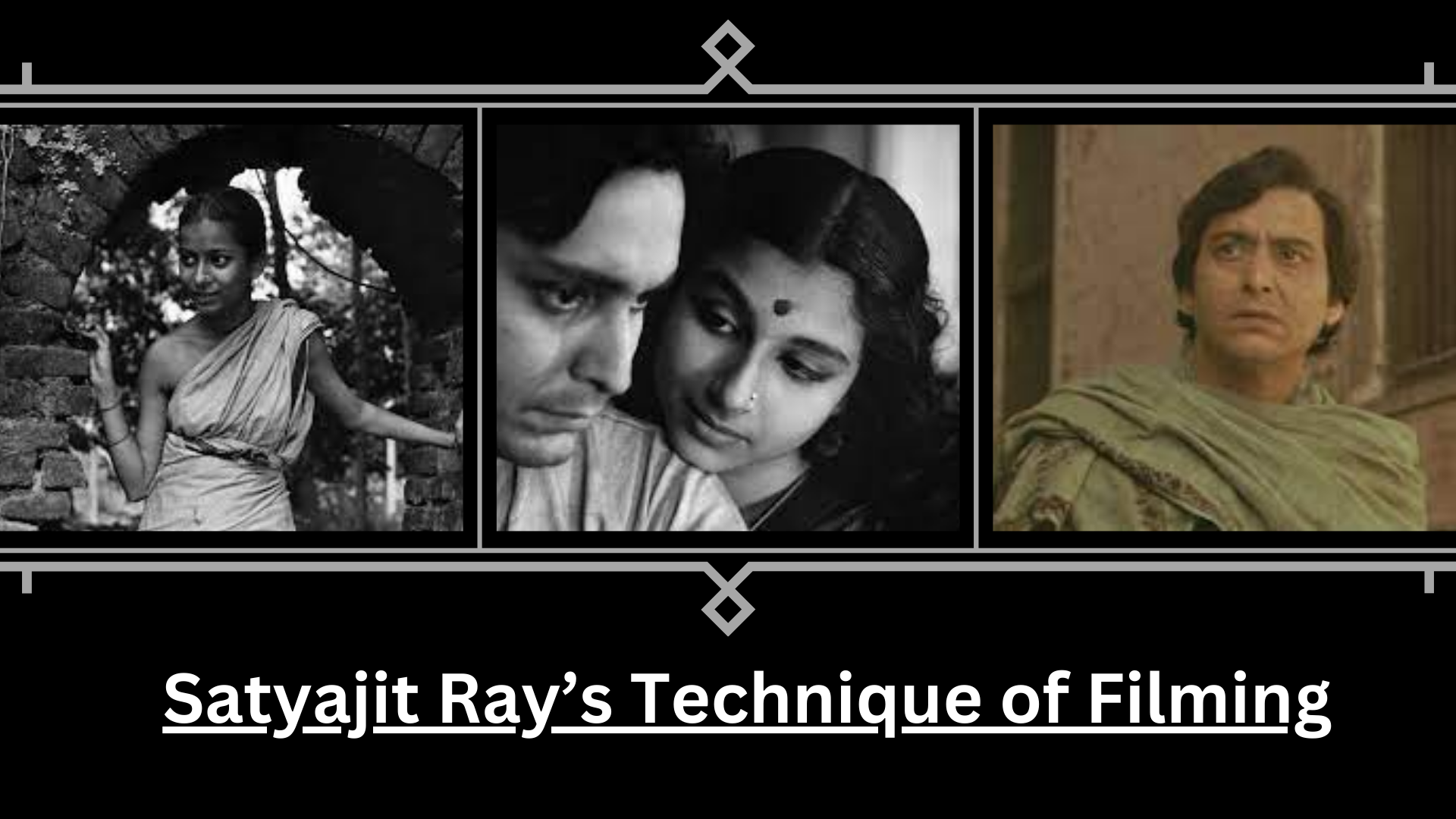Satyajit Ray’s Technique of Filming
Satyajit Ray, the legendary Indian filmmaker, is considered to be one of the most significant figures in the history of Indian cinema. Ray’s films were known for their unique style and portrayal of social and cultural issues in India. His films were also appreciated for their distinctive filming style that was both aesthetically pleasing and immersive. On his birthday, we are celebrating his way of work through his lense.
Use Of Natural Light
One of the defining features of Ray’s filming style was his use of natural light. He preferred to shoot his films using only natural light, which helped to create a more authentic and realistic look. This was particularly evident in his early films, such as “Pather Panchali,” which was shot almost entirely on location in rural West Bengal. Ray’s use of natural light helped to create a sense of intimacy and immediacy, which made the film feel more like a documentary than a scripted drama.
Use Of Long Takes
Another characteristic of Ray’s filming style was his use of long takes. He was known for using extended takes that lasted several minutes, which allowed the viewer to fully immerse themselves in the scene. This technique also helped to create a sense of realism and authenticity, as it gave the actors the freedom to express themselves without the constraints of traditional editing techniques.
Unique and Finest Composition
Ray was also a master of composition, using framing and camera placement to create visual metaphors and symbolism. For example, in “Charulata,” he used a mirror to reflect the emotional turmoil of the film’s protagonist, creating a visual metaphor for her inner struggle. In “Apu Trilogy,” he often used low-angle shots to emphasize the vastness of the natural world and the smallness of human beings in comparison.
Use of Sound
Ray’s use of sound was also notable. He was one of the first Indian filmmakers to use sound in a sophisticated way, using it to create mood and atmosphere. His use of silence was particularly effective, as it allowed the viewer to focus on the visuals and the emotions of the characters without distraction.
Finally, Ray was a master of storytelling. He often used a minimalist approach, allowing the story and the characters to speak for themselves. He also had a keen sense of pacing, knowing when to slow down and when to speed up to keep the viewer engaged.
In conclusion, Satyajit Ray’s filming style was characterized by his use of natural light, long takes, composition, sound, and storytelling. His films were not only visually stunning but also emotionally powerful, and his influence on Indian cinema is still felt today. Ray’s unique approach to filmmaking has left an indelible mark on the art form, and his films continue to inspire new generations of filmmakers around the world.
If you are an independent filmmaker, WFCN has the perfect platform for you. Once you are done making your independent movie, you can surf through our 600+ top film festivals and find your niche. We also have CANVAS, a platform for self-distribution. Go and check it out now!





